From Pasture to Wetland Creation
ESA designed, obtained all Federal, State and local permits, and solicited construction contractors for a compensatory wetland mitigation project on an active beef cattle farm in Howard County.
The site, located in the Maryland Piedmont, contained emergent wetlands (PEM) and a perennial stream (R2). Working with the landowner, we developed a plan that removed a portion of pasture that had always been problematic and created a wetland to intercept seasonal high groundwater. Our design included agricultural best management practices consisting of riparian plantings of a Use Class III naturally reproducing trout stream (in order to provide thermal closure over the perennial stream), electric fencing, reinforced cattle stream crossing (a concrete ford), pasture rotation cells, and water troughs.
The project was constructed in 2017 and now the created wetland is near saturated for much of the growing season. The project is in its first year of a Maryland Department of the Environment and U.S. Army Corps of Engineers, 5-year performance maintenance and monitoring phase, which ESA is performing.
While performing our monitoring site visit, Holstein cows visited our crew, separated from the wetland mitigation area by high tension electrical fencing.
Dominant herbaceous species included redtop, rice cutgrass, broad-leaved cattail, bulrush, jewelweed, soft rush and woolgrass. The two aspect dominant plants for mid-August included the non-native water mint and Southern Agrimony (Agrimonia parviflora). The most successful planted tree species is sycamore.
See below for a gallery of plants we found on site:
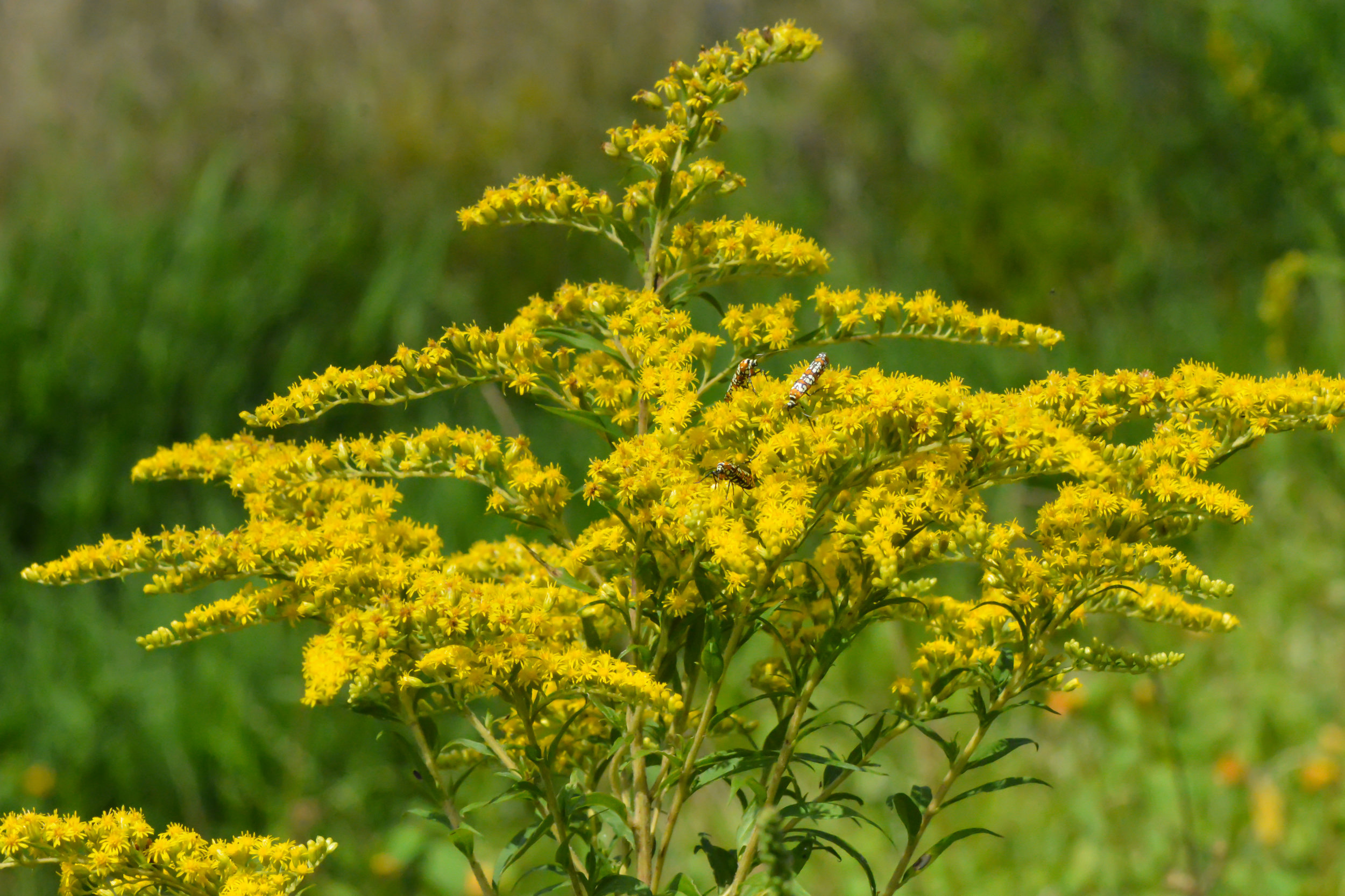
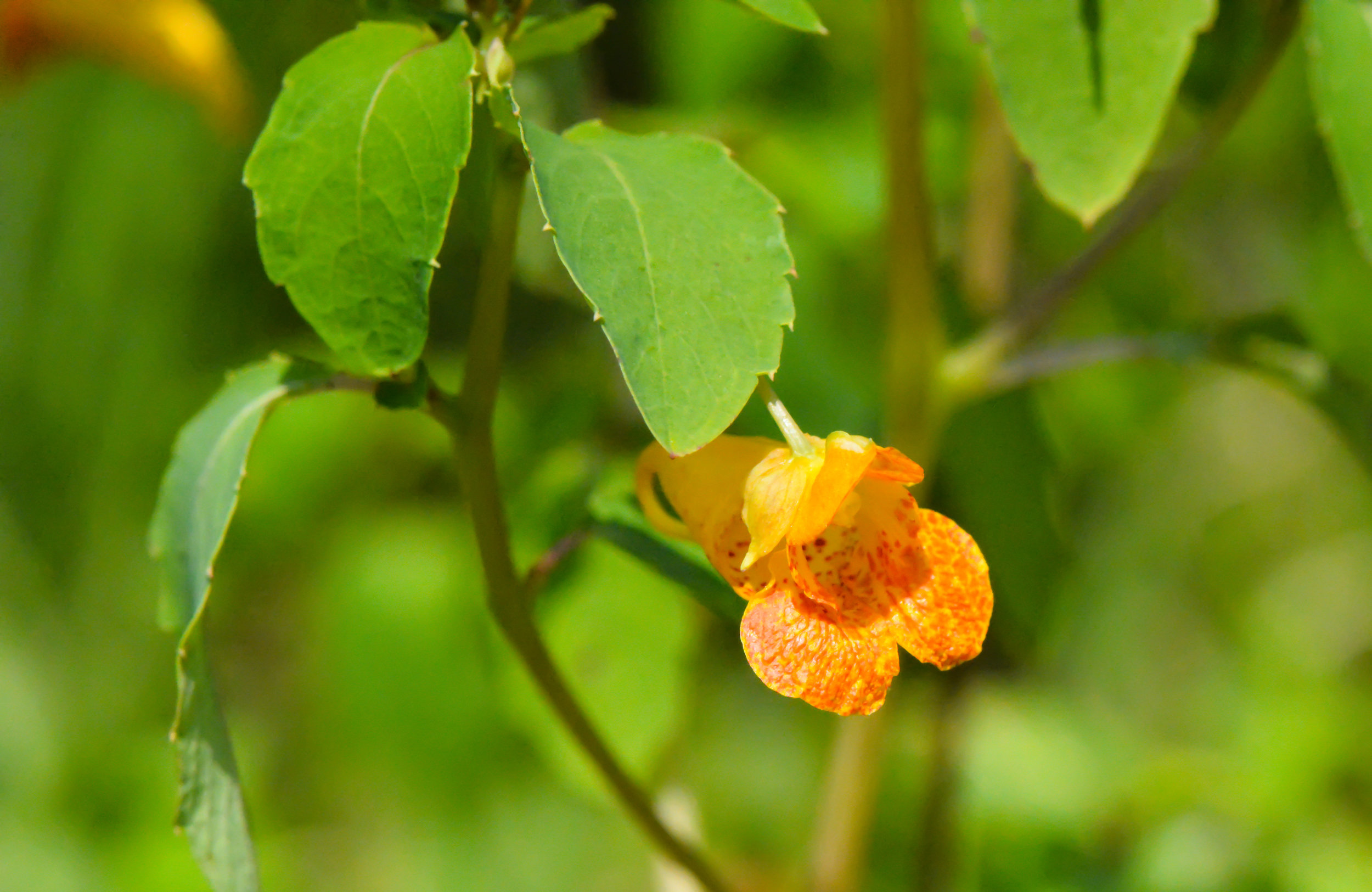
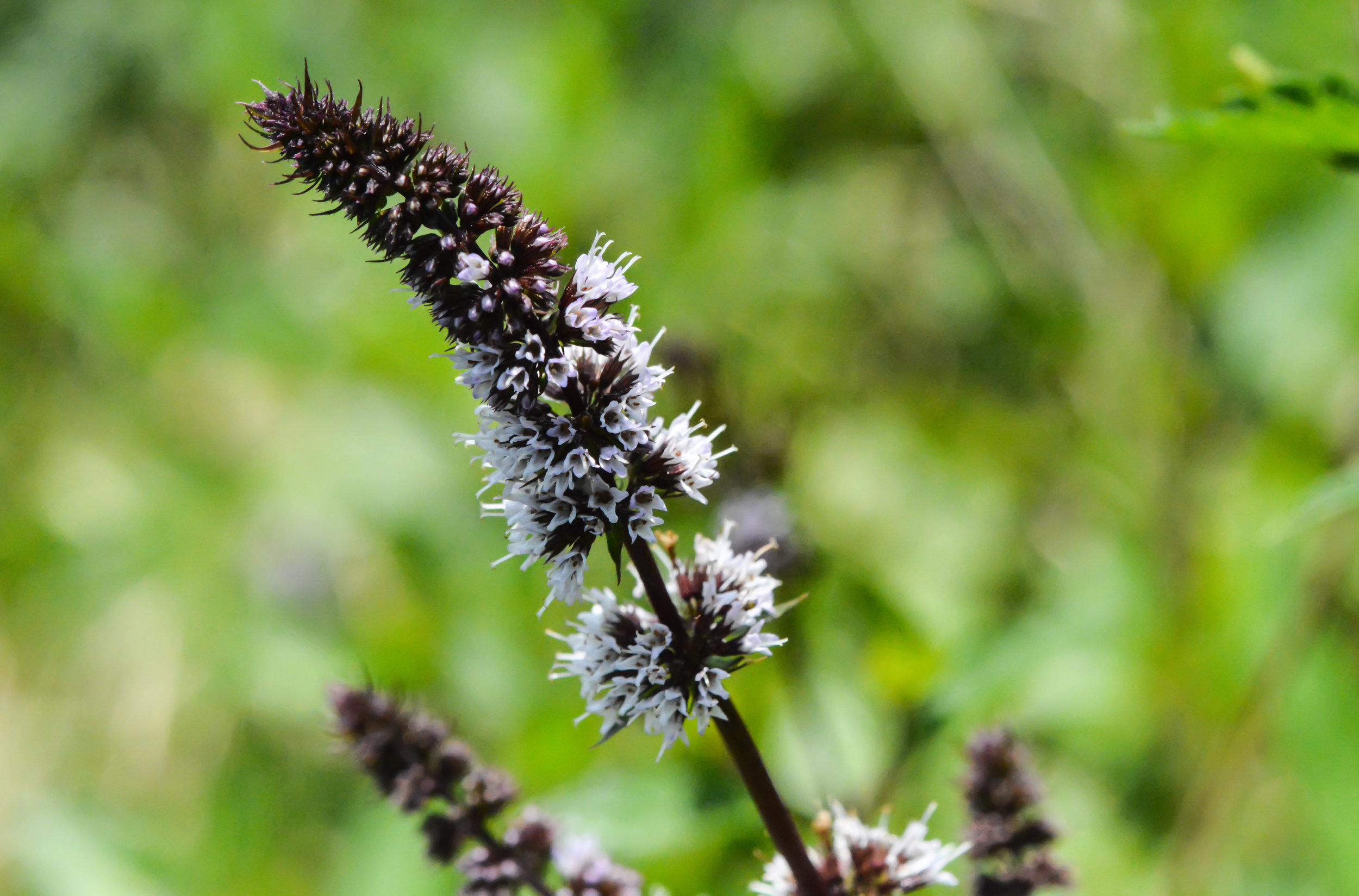
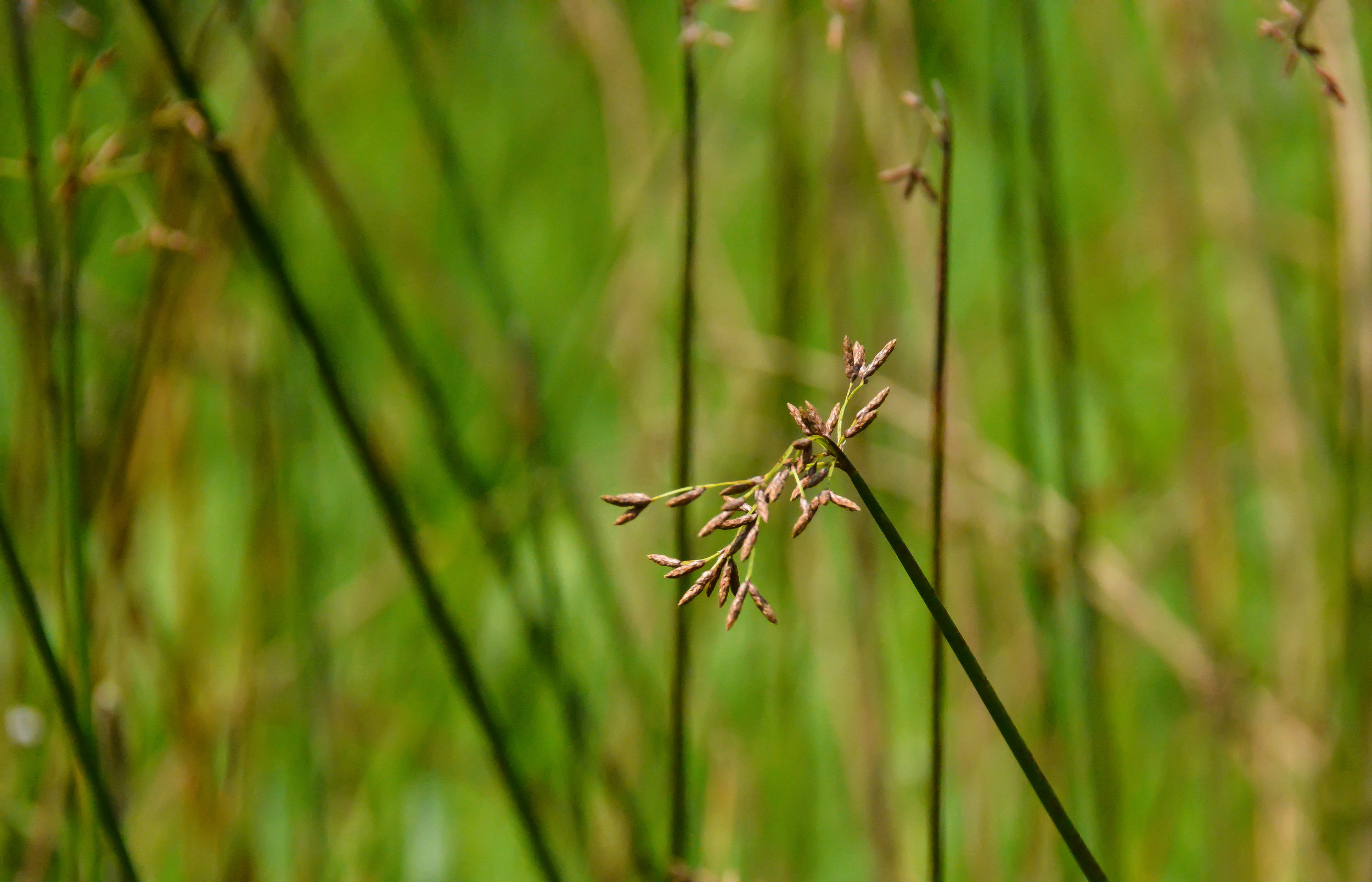
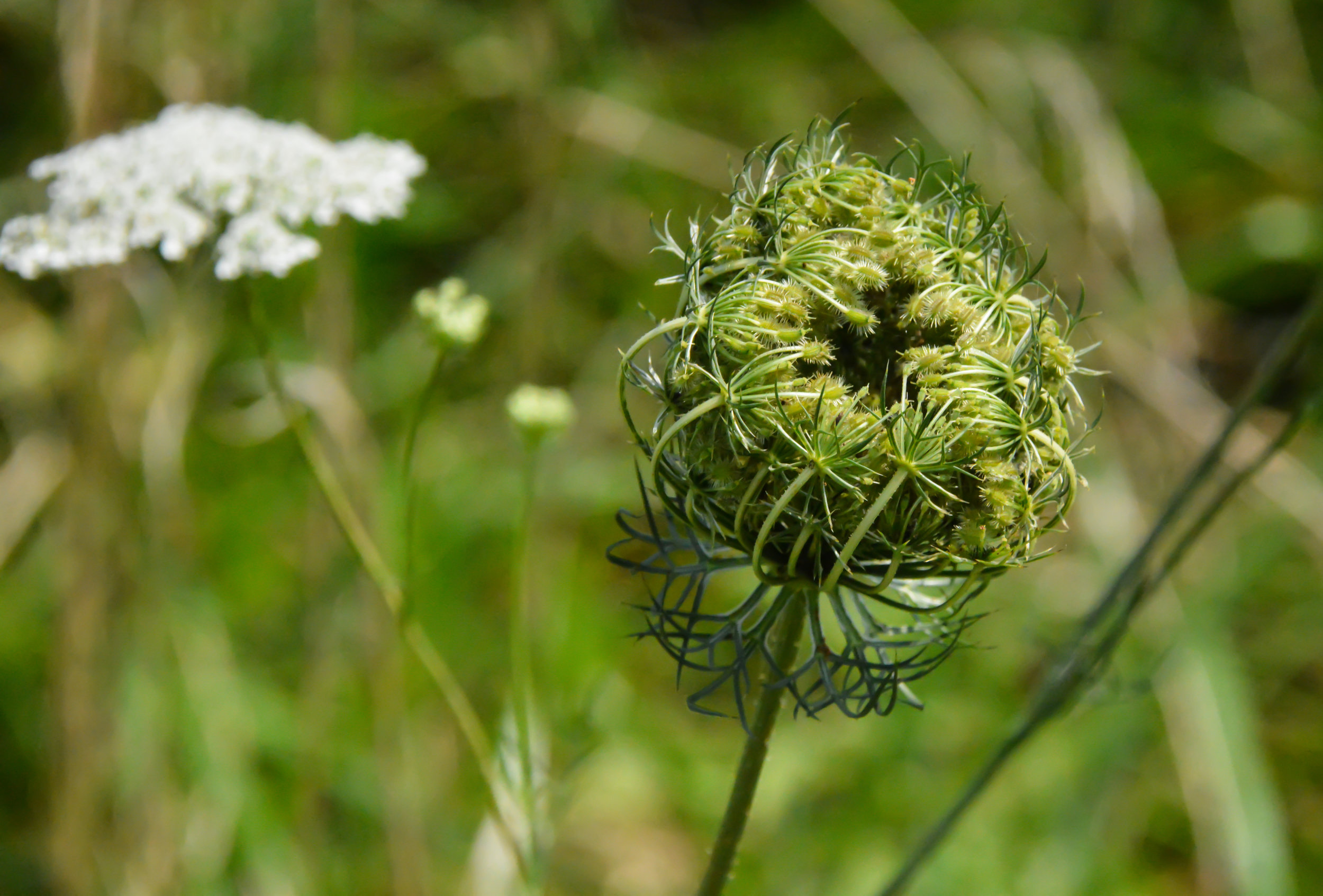
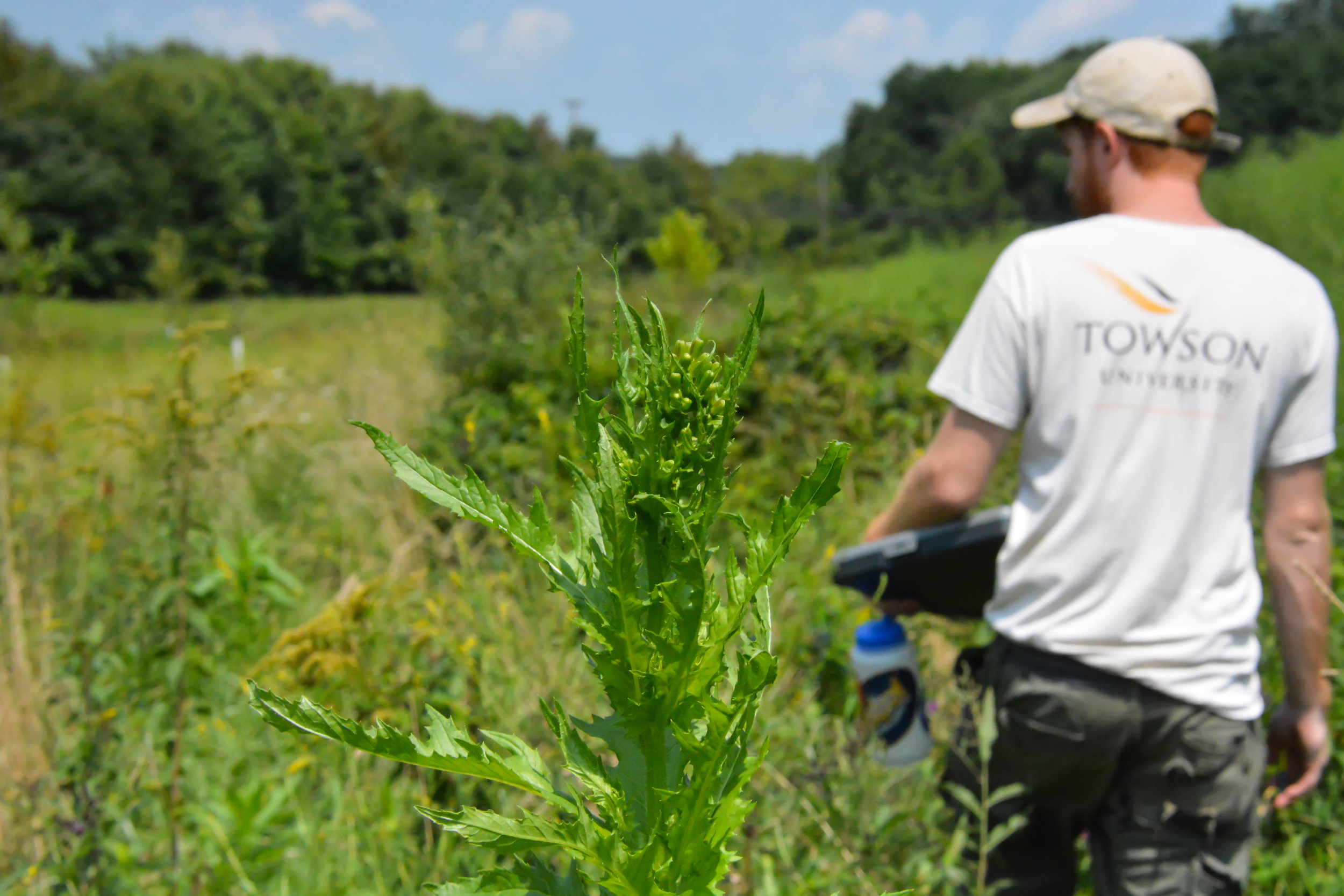

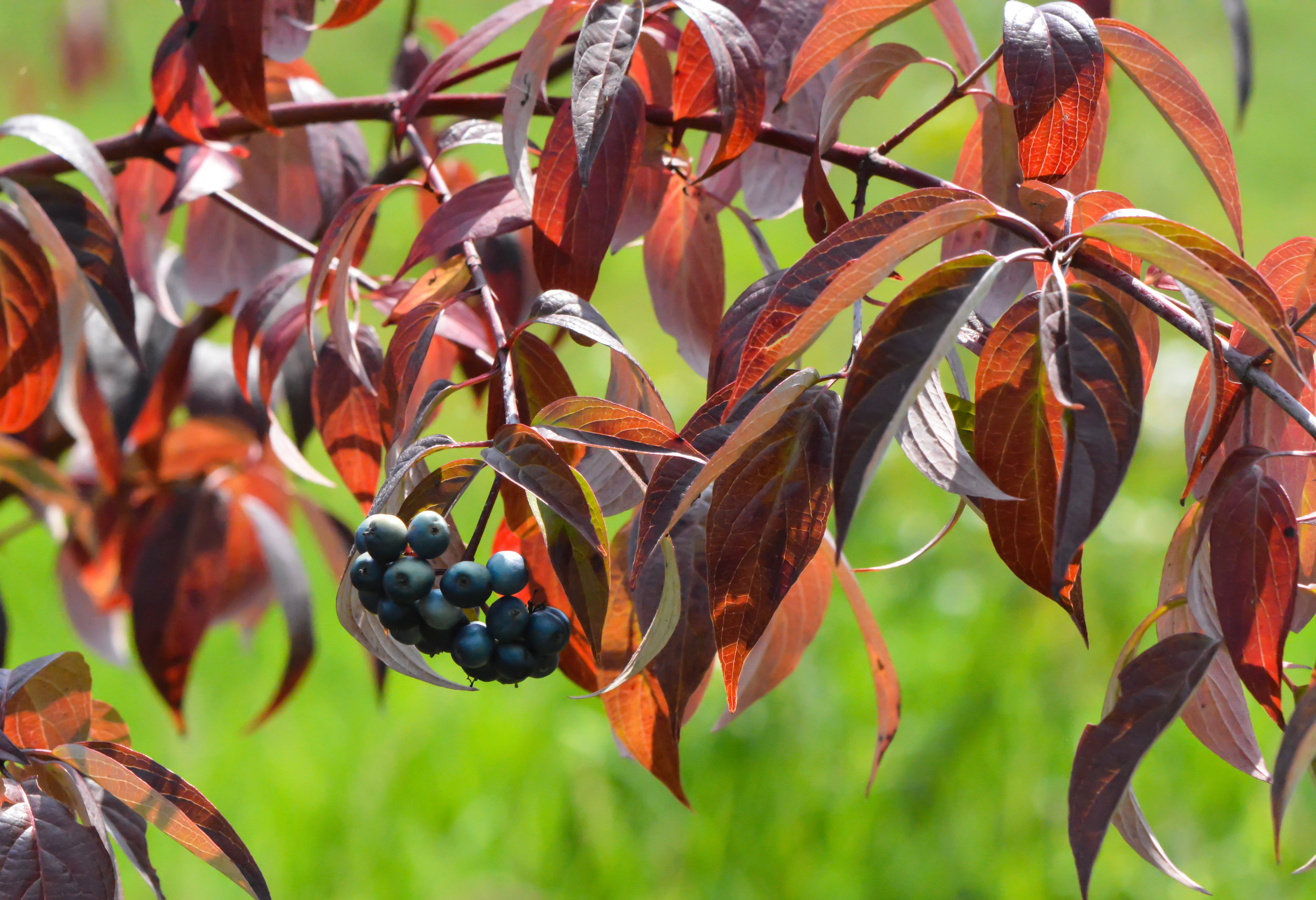

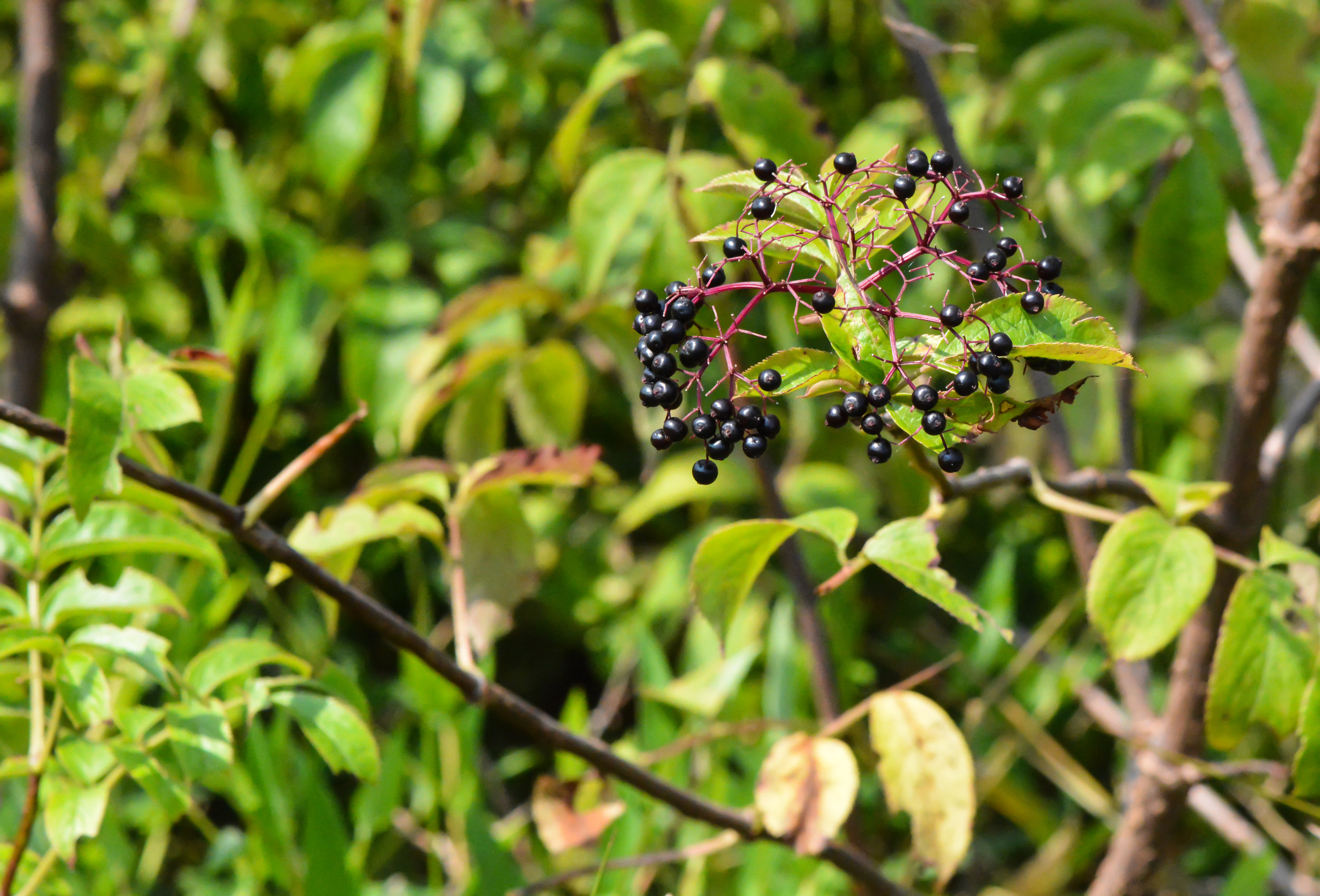
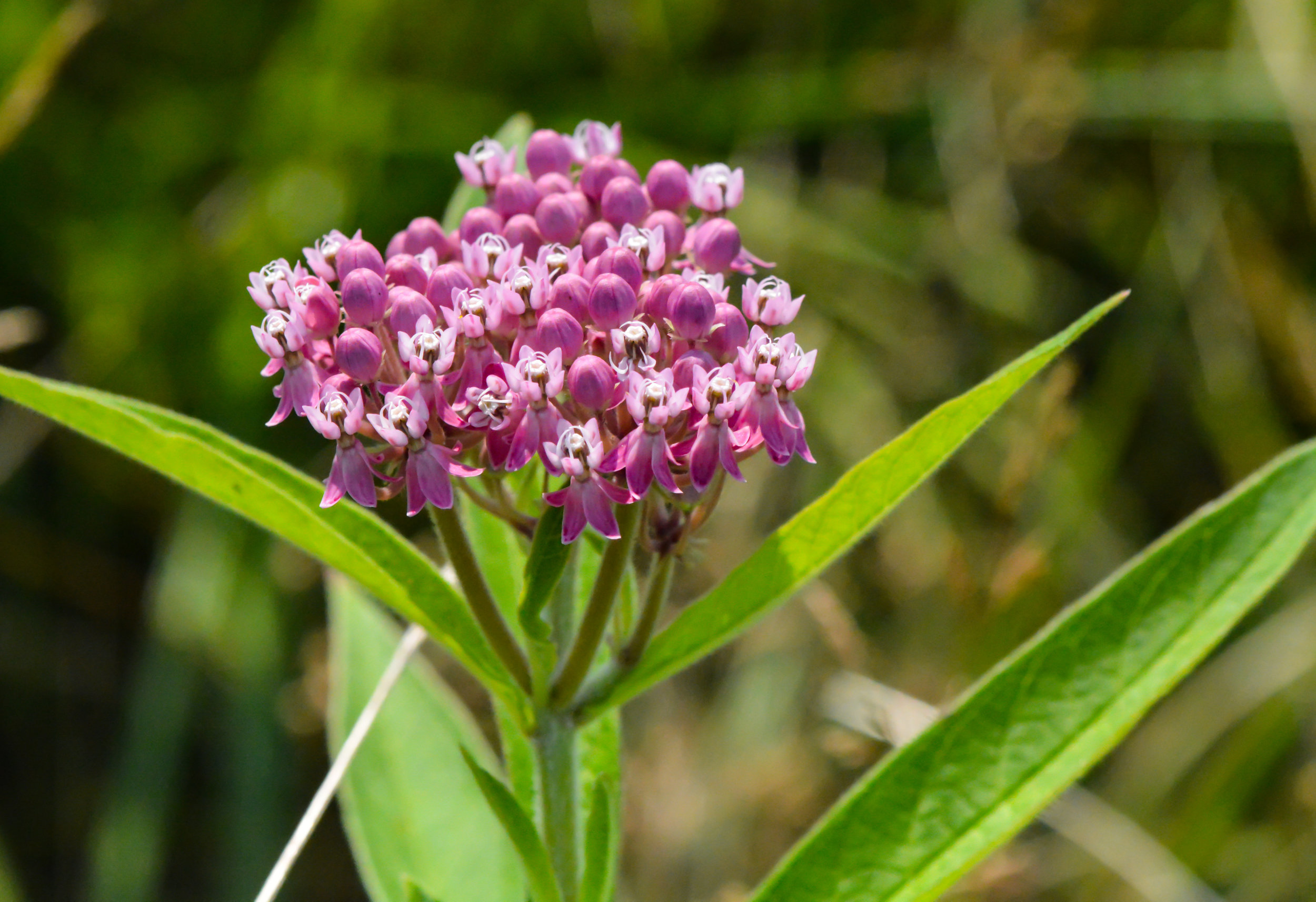
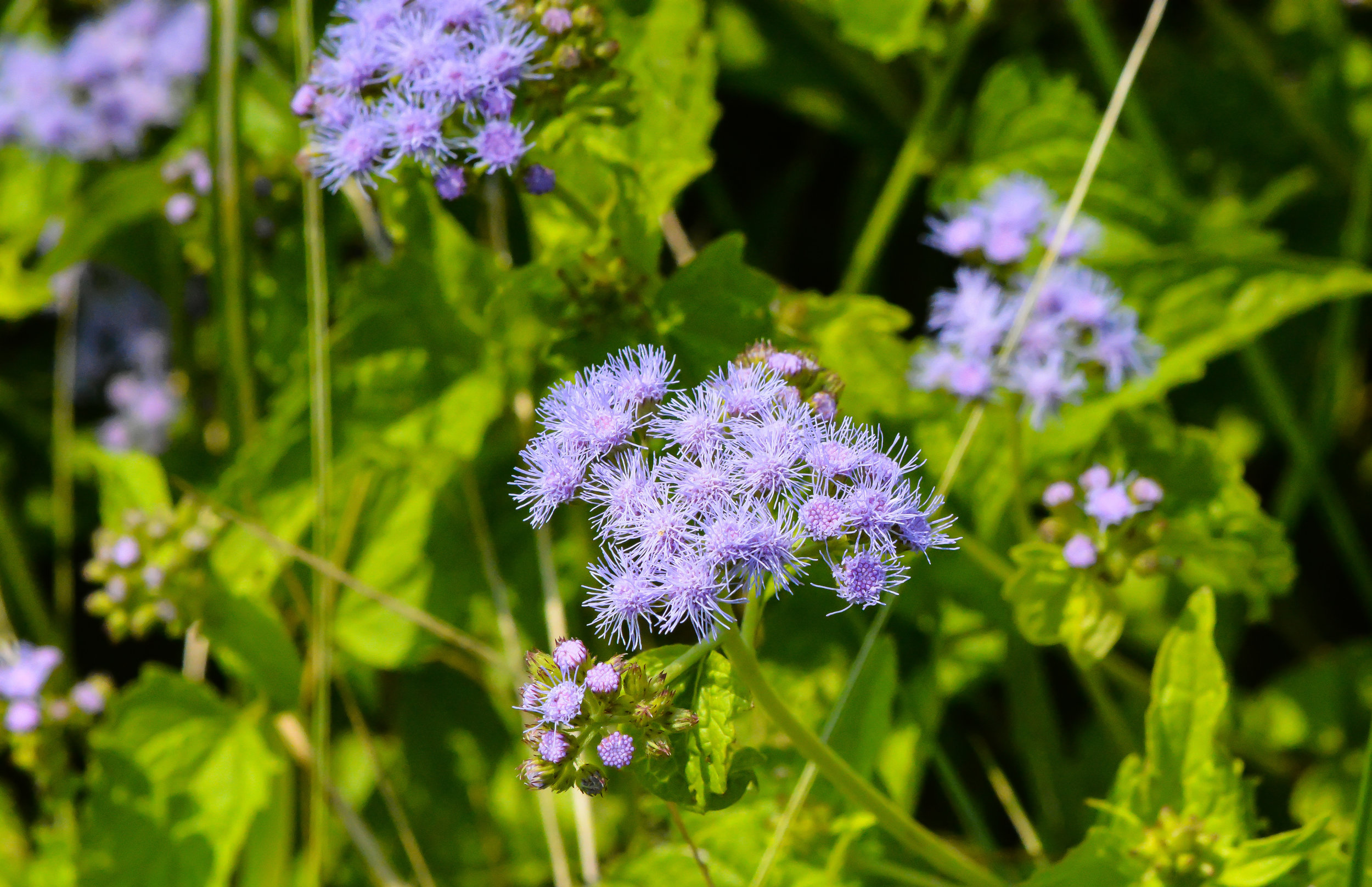
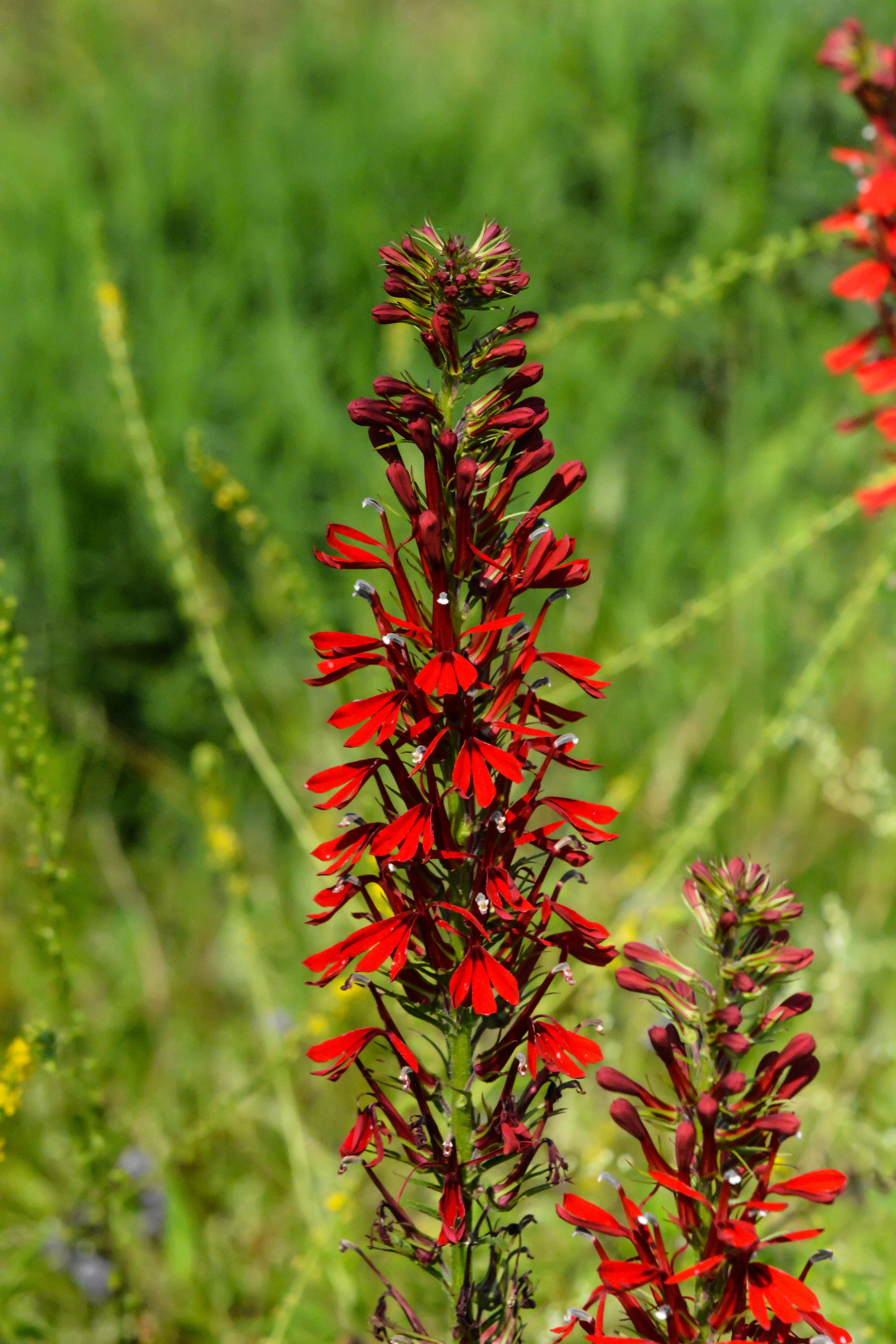
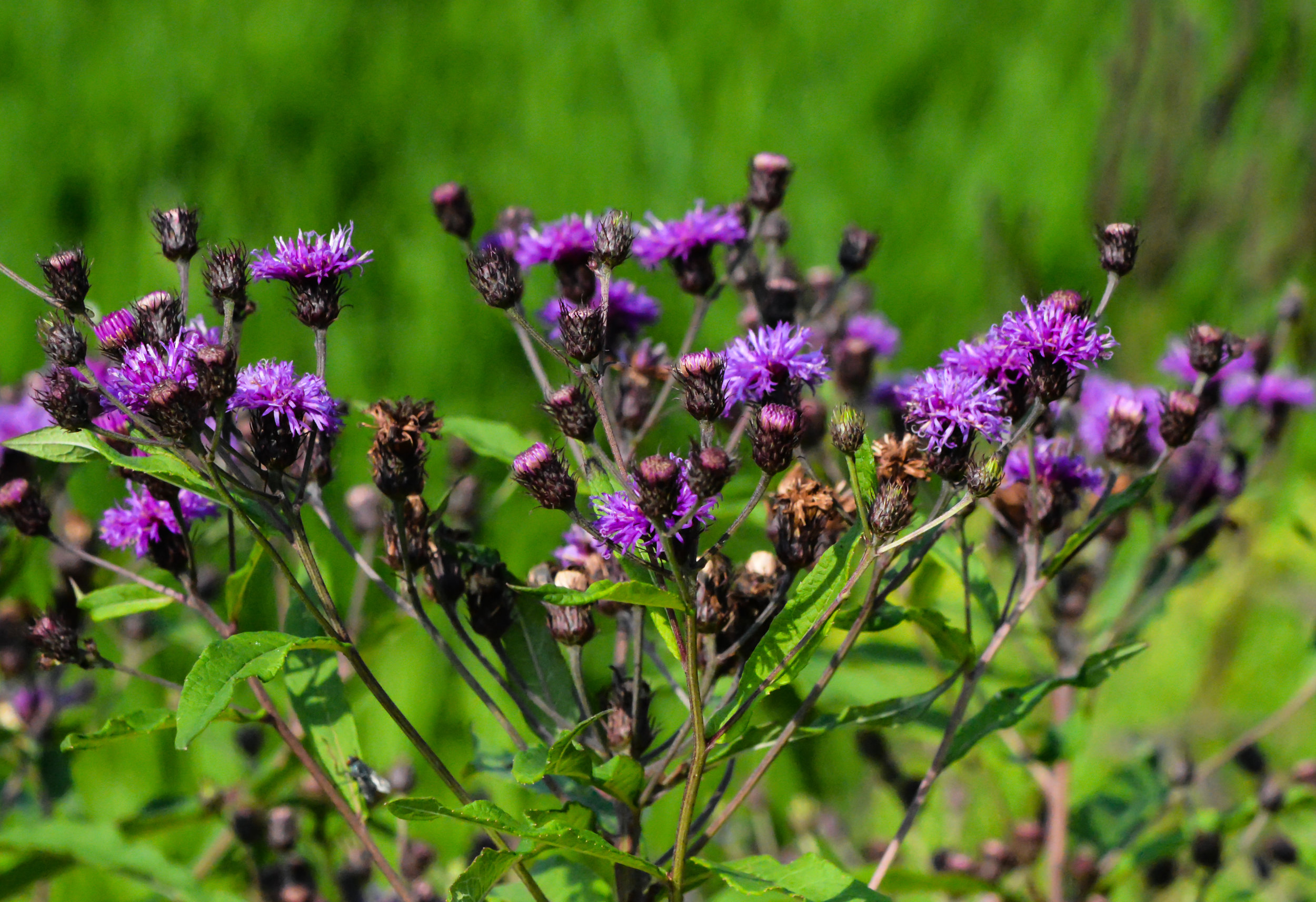
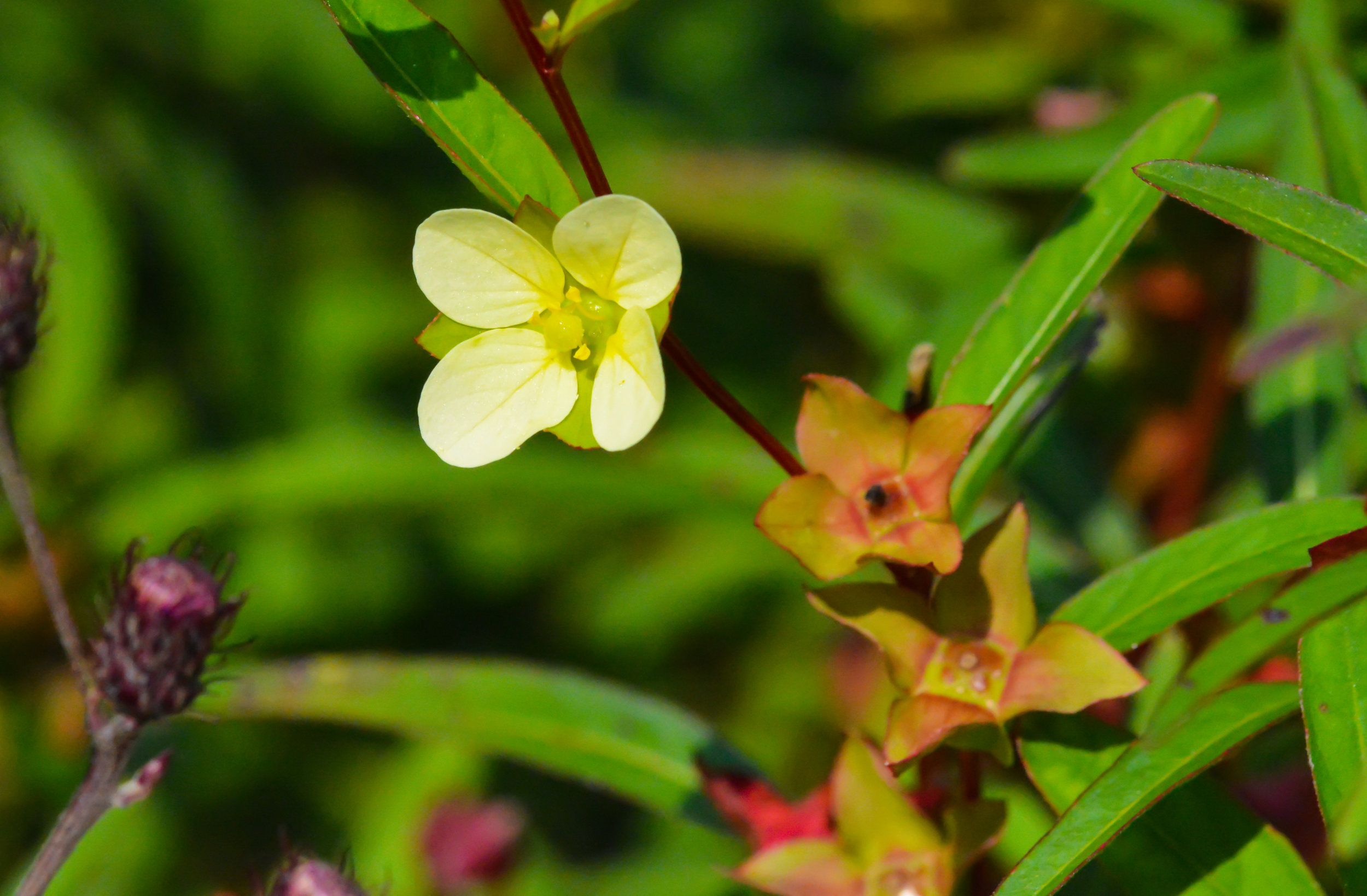


Other than the loss of a few trees, the site is performing very well, and the on-coming wetland wildflowers were a treat to observe. We look forward to 4 more years of monitoring another successful wetland creation!


